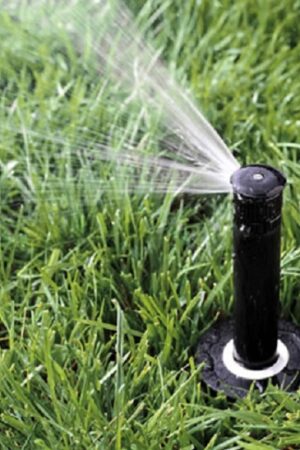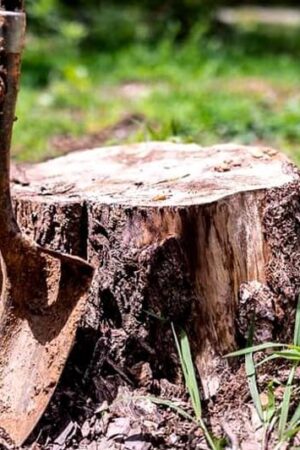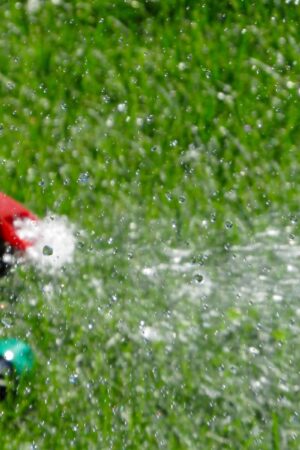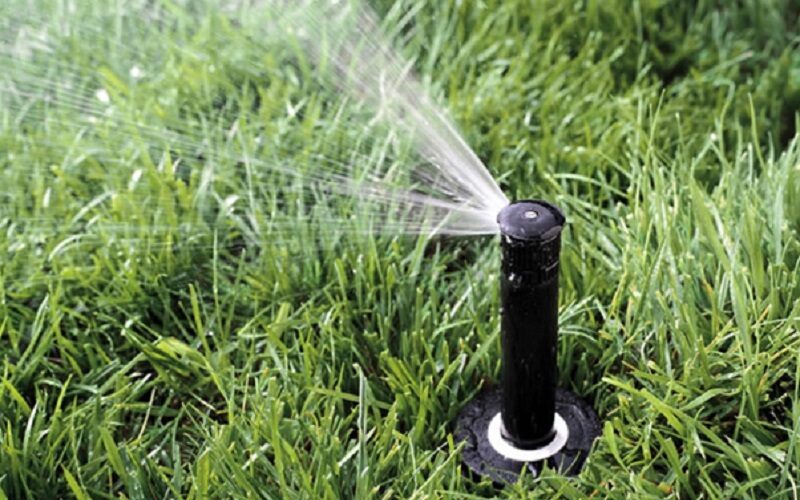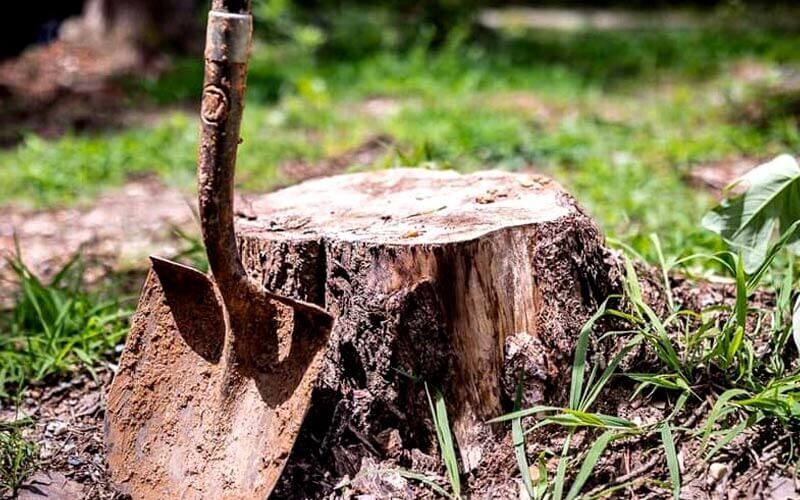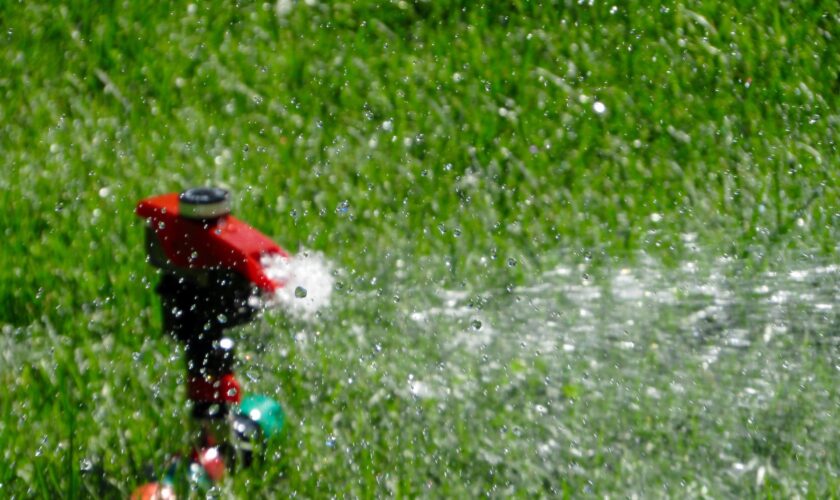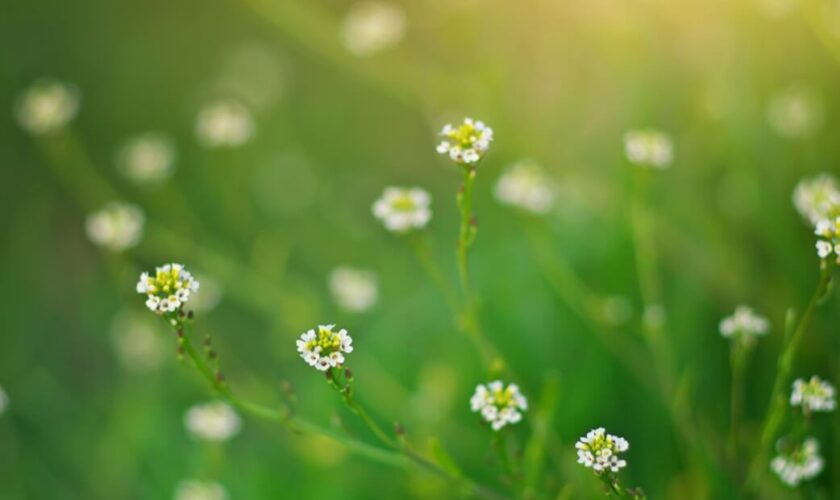The Importance of Lawn Care Services
A well-maintained lawn can significantly enhance the overall aesthetics of your outdoor space. It creates an inviting atmosphere and serves as a beautiful backdrop for outdoor activities. Investing in professional lawn care services can help you achieve and maintain a lush, green lawn that is the envy of your neighbors.
1. Enhancing the Aesthetics of Your Outdoor Space
Having a well-manicured lawn instantly improves the visual appeal of your home. A vibrant and healthy lawn adds value to your property and creates a positive first impression for visitors or potential buyers. With regular lawn maintenance, including mowing, trimming, and edging, you can achieve a neat and tidy appearance that complements the rest of your landscaping.
2. Promoting a Healthy Environment
Beyond the aesthetic benefits, a healthy lawn also contributes to a healthy environment. Grass absorbs carbon dioxide and releases oxygen, helping to purify the air. A dense lawn acts as a natural filter, trapping dust and other pollutants, effectively improving air quality. Additionally, grass absorbs and filters rainwater, reducing erosion and improving water quality in nearby bodies of water.
The Top Lawn Care Services in Fairfax, VA
When it comes to maintaining a pristine lawn in Fairfax, VA, there are several essential lawn care services that you should consider:
1. Lawn Mowing and Trimming
Regular lawn mowing is a fundamental aspect of lawn care. Proper mowing practices involve cutting the grass to an appropriate height and frequency, allowing it to grow uniformly and remain healthy. Hiring a professional lawn care service ensures that your lawn receives regular and consistent mowing and trimming, resulting in an evenly cut and well-maintained appearance.
2. Weed and Pest Control
Weeds can quickly overtake a lawn if not effectively controlled. They compete with grass for nutrients, water, and sunlight, leading to patchy and unhealthy areas. Professional lawn care services in Fairfax, VA can provide targeted weed control treatments to eliminate existing weeds and prevent future weed growth. They can also address common lawn pests, such as grubs and ticks, that can cause significant damage if left untreated.
3. Fertilization and Soil Testing
A balanced and well-nourished lawn requires proper fertilization. Lawn care professionals in Fairfax, VA can analyze the nutrient composition of your soil through soil testing and develop a customized fertilization plan to address any deficiencies. Regular application of fertilizers promotes healthy growth and helps your lawn withstand environmental stressors such as heat, drought, and foot traffic.
Hiring the Right Lawn Care Service Provider
Choosing the right lawn care service provider in Fairfax, VA is essential to ensure the health and beauty of your lawn. Here are some factors to consider when making your decision:
1. Assessing Experience and Expertise
Look for a lawn care service provider with years of experience in the industry. Experienced professionals are well-versed in understanding the specific needs of lawns in Fairfax, VA. They have the knowledge and expertise to identify potential issues and provide effective solutions to keep your lawn in optimal condition.
2. Checking for Proper Licensing and Insurance
It is crucial to hire a lawn care service provider that is properly licensed and insured. Licensing ensures that the company meets specific standards and regulations, while insurance protects you in case of any accidents or damage that may occur during the service. Ask for proof of licensing and insurance before hiring a lawn care company.
3. Obtaining Reliable References
Word-of-mouth recommendations and online reviews are valuable resources when choosing a lawn care provider. Ask for references from your potential service provider and reach out to existing customers to inquire about their experiences. Researching online reviews can also give you insights into the reputation and reliability of the company.
Additional Tips for Maintaining a Lush Lawn
In addition to professional lawn care services, here are some tips to help you maintain a lush and healthy lawn in Fairfax, VA:
1. Watering Techniques and Best Practices
Proper watering is crucial for a healthy lawn. It is recommended to water deeply and infrequently, allowing the water to reach the roots and promote deep root growth. Water in the early morning to minimize evaporation and fungal growth. Adjust your watering schedule based on weather conditions and seasonal changes.
2. Proper Mowing and Edging Techniques
When mowing your lawn, follow the one-third rule, which states that you should only remove one-third of the grass height at a time. Cut the grass to an appropriate height and avoid cutting it too short, as this can stress the lawn and make it vulnerable to weeds and diseases. Regularly edge the borders of your lawn to give it a well-defined and manicured appearance.
3. Protecting Your Lawn from Extreme Weather
Extreme weather conditions can take a toll on your lawn. During hot and dry periods, consider watering your lawn more frequently or investing in an irrigation system. In colder months, avoid excessive foot traffic on frozen grass, as it can cause damage. Clear away leaves and debris to prevent them from smothering the grass and impeding growth.
By following these tips and investing in professional lawn care services in Fairfax, VA, you can enjoy a lush and vibrant lawn that enhances the beauty of your outdoor space for years to come.
FAQ
Question: What are the important lawn care services to consider? – The important lawn care services to consider include mowing and trimming, weed and pest control, and fertilization and soil testing.
Question: How does a well-maintained lawn enhance the aesthetics of outdoor space? – A well-maintained lawn instantly improves the visual appeal of a home, adding value to the property and creating a positive first impression for visitors or potential buyers.
Question: How does a healthy lawn contribute to a healthy environment? – A healthy lawn helps purify the air by absorbing carbon dioxide and releasing oxygen. It also acts as a natural filter, trapping dust and other pollutants and improving air quality. Grass absorbs and filters rainwater, reducing erosion and improving water quality in nearby bodies of water.
Question: What are the key lawn care services in Fairfax, VA? – The key lawn care services in Fairfax, VA include lawn mowing and trimming, weed and pest control, and fertilization and soil testing.
Question: What factors should be considered when hiring a lawn care service provider? – Factors to consider when hiring a lawn care service provider include their experience, licensing, insurance, and obtaining reliable references.
Question: What are the additional tips for maintaining a lush lawn? – Additional tips for maintaining a lush lawn include proper watering techniques, mowing and edging practices, and protecting the lawn from extreme weather.
Question: What are the proper watering techniques for a healthy lawn? – Proper watering techniques include watering deeply and infrequently, allowing the water to reach the roots and promote deep root growth. Water in the early morning to minimize evaporation and fungal growth. Adjust the watering schedule based on weather conditions and seasonal changes.
Question: How should the lawn be protected from extreme weather? – To protect the lawn from extreme weather, consider watering more frequently during hot and dry periods or investing in an irrigation system. Avoid excessive foot traffic on frozen grass in colder months, and clear away leaves and debris to prevent smothering the grass.
